Airport Architectural Wonders and Futuristic Vision

Introduction:
Crafting an airport design is a multifaceted challenge. On one hand, it serves as a symbol, embodying the identity of a city and country—a first and last handshake for travellers. Yet, the process is far more intricate, demanding careful consideration of sensitive and security aspects, especially in the context of recent terror threats.
In addition to these challenges, airport designs play a pivotal role in the growth and transformation of a city. The planning involves not only considerations for airport facilities but also the integration of metro links, retail centres, and other developments in the vicinity. The selection of suitable sites becomes crucial, considering factors like proximity to highways, a secure location away from the city centre, and the availability of ample space.
Given the surge in air traffic across India, many airports are undergoing expansion or constructing new terminals to accommodate the increasing number of passengers. Examining the contemporary airport designs, characterised by bold and modern forms with impressive roof structures, one can discern India's progression into a new era in aviation. Amidst these challenges and advancements, the process of airport design emerges as a critical and transformative endeavour, shaping not only the travel experience but also contributing to the overall development of cities.
The Evolution of Airport Architecture
In the early days of Indian aviation, the skies witnessed a groundbreaking event on February 18, 1911. A Humber biplane, specially imported from England, took flight in a brief but historic demonstration spanning 15 minutes. In 1928, Juhu Aerodrome (First Indian Airport) embarked on its aviation odyssey as an unpaved airfield. Over the years, it evolved from hosting joyrides to becoming a significant hub for the Bombay Flying Club.
Famous Examples of Airport Architecture:
Discovering the best-designed international airports in India is like unravelling a rich tapestry, where factors like design, planning, and facilities weave together. Instead of ranking them, let's dive into a diverse mix, including both old and new airports. Each one has its own story, reflecting progress and cultural identity.
Chhatrapati Shivaji Maharaj International Airport, Mumbai, Maharashtra:
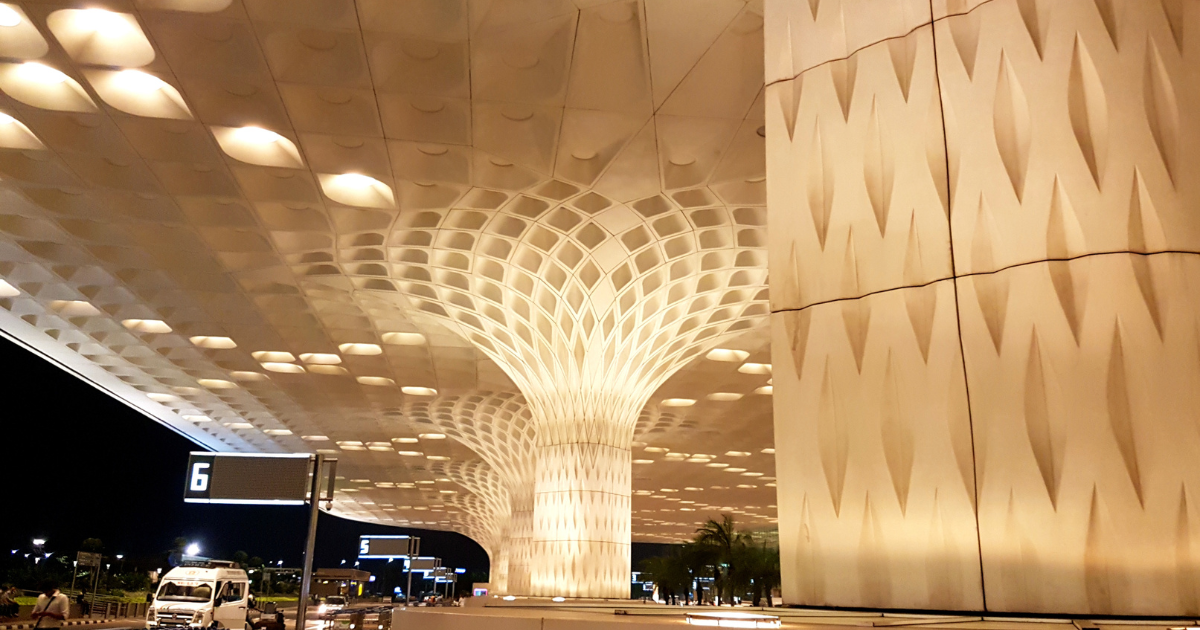
Mumbai's airport, which is the second busiest, stands out for its captivating parametric roof inspired by a bird's wing. It holds Level 3+ Carbon Neutrality and IGBC Platinum-rated status, supporting the world's largest art exhibition.
Indira Gandhi International Airport, New Delhi:
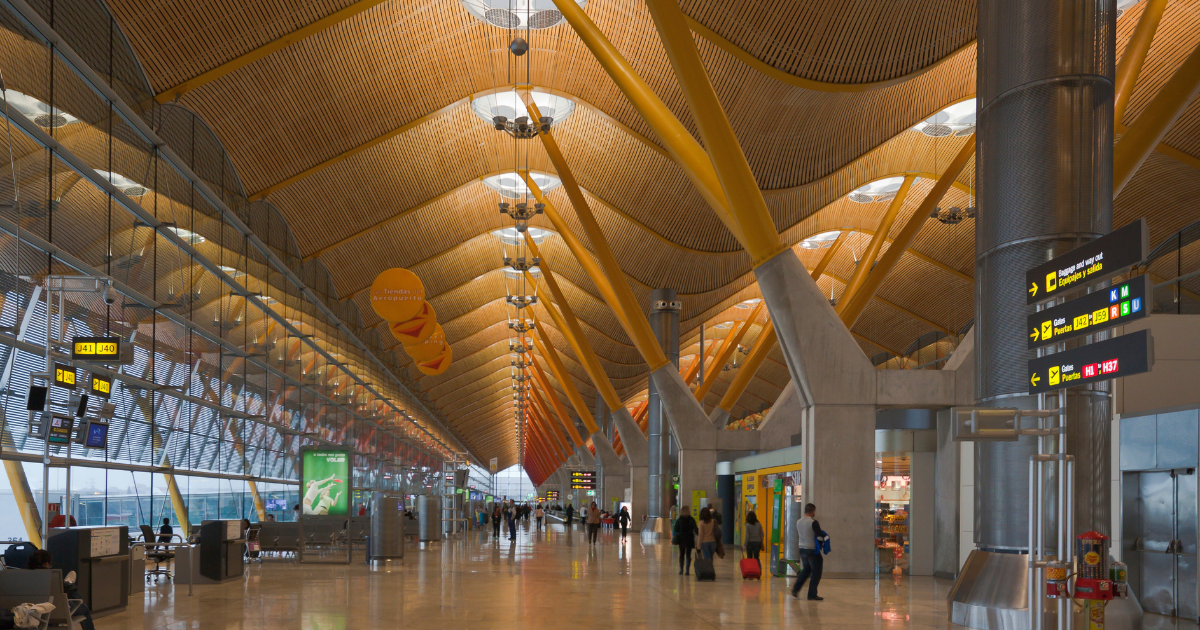
As the busiest airport in India, Delhi's airport is a sustainable design pioneer with three terminals, including the LEED Gold-rated Terminal 3. It was managed by Delhi International Airport and paved the way for the country's first environmentally friendly airport designs.
Kempegowda International Airport, Bengaluru, Karnataka:
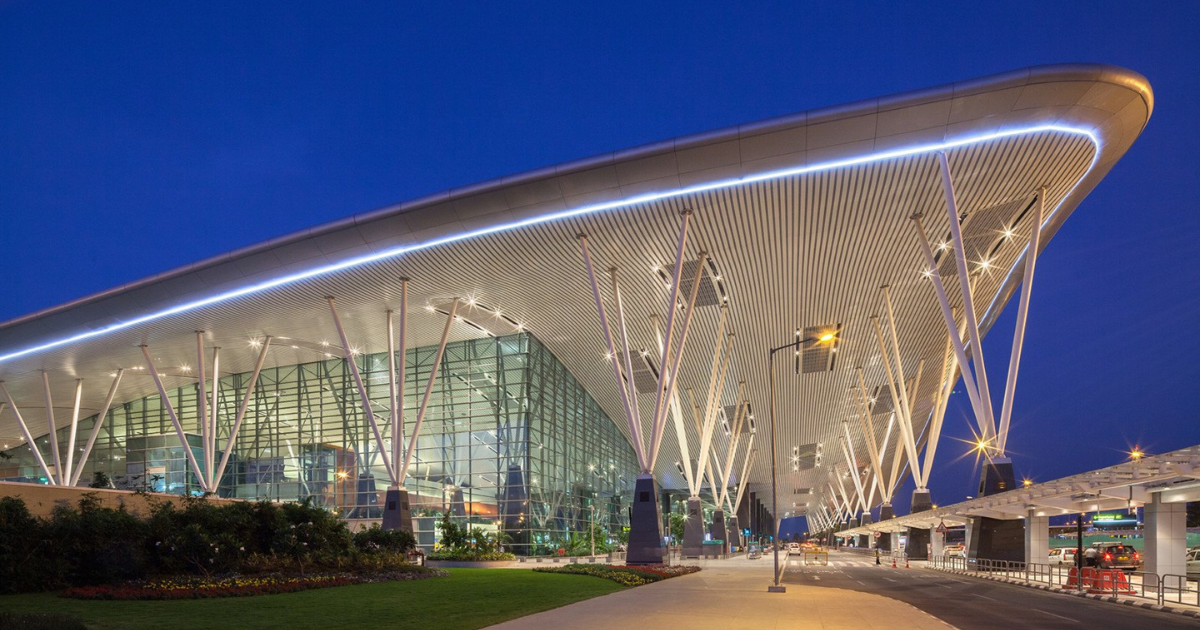
Known for its technical advancement, Bengaluru's airport introduces the metaverse with BLR Metaport, offering a fully immersive, three-dimensional experience. Its green landscape and transformative impact on the city make it a technological marvel.
Rajiv Gandhi International Airport, Hyderabad, Telangana:
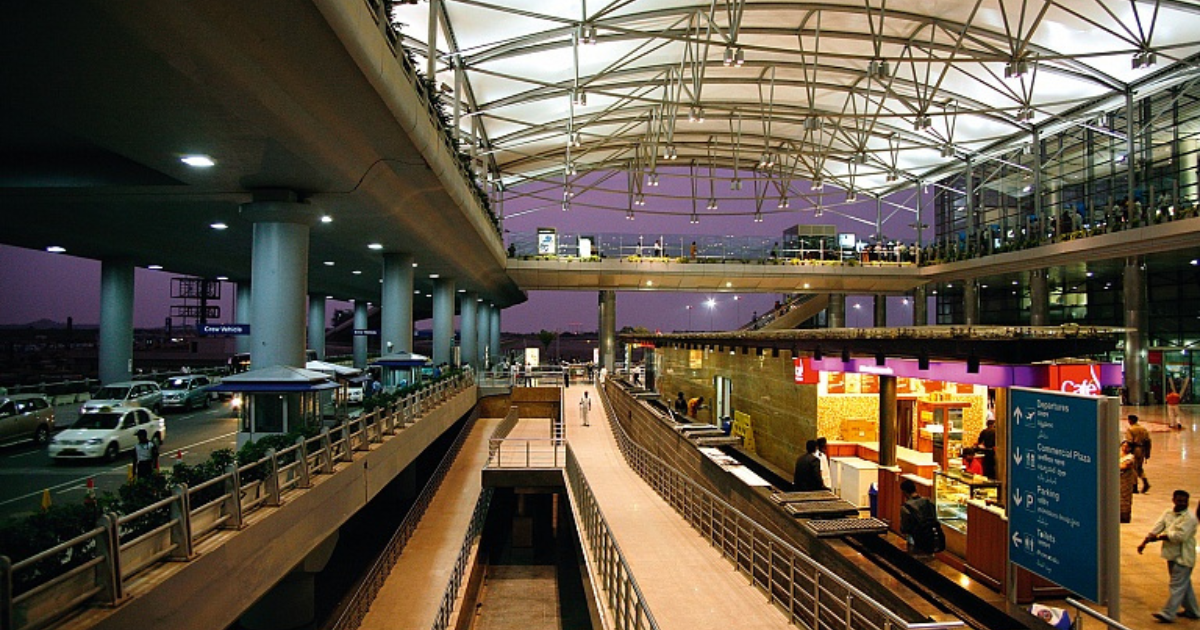
Hyderabad's airport, the fourth busiest in India, received LEED accreditation and combines resplendent gardens with world-class facilities. Its forward-thinking design anticipates the city's urbanisation, ensuring future expansion without disrupting connectivity.
Innovation and Development in Airport Designs
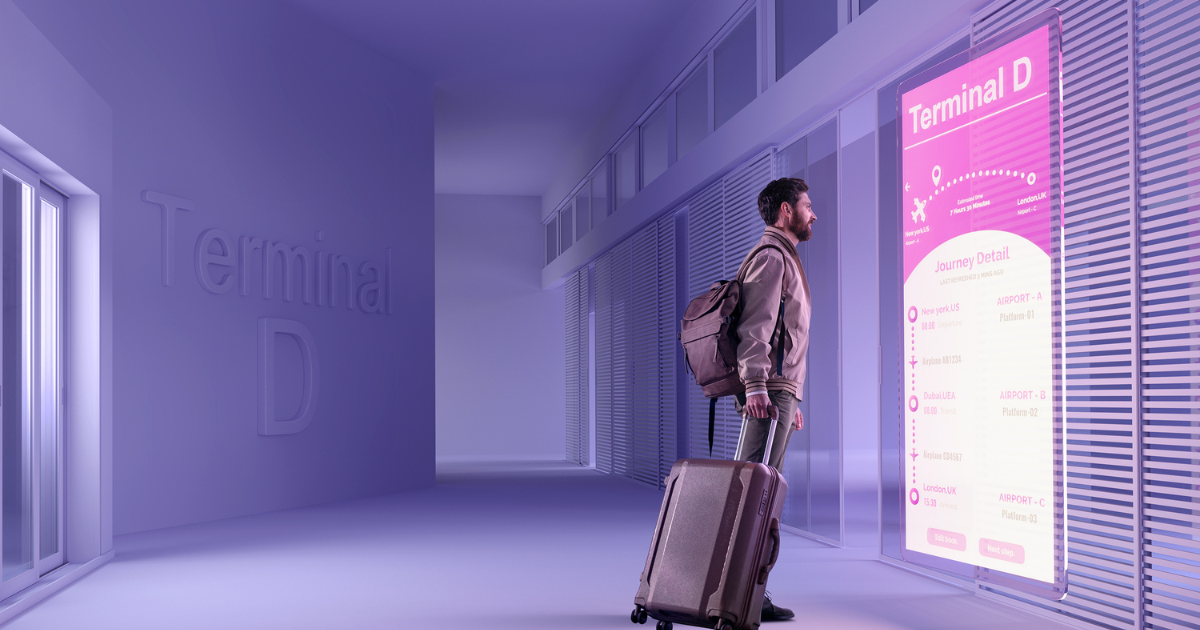
Innovative Digital Designs
Major Indian airports are embracing smart and innovative designs, incorporating digital processes like self-service gates, ticketing kiosks, and automated baggage handling. This shift not only improves operational efficiency but also enhances the overall travel experience.
Sustainability at the Core
The use of sustainable materials is gaining traction, with airports focusing on recycled and energy-efficient materials. This not only reduces the ecological footprint but also brings down operational costs, creating a win-win for both the environment and airport functionality.
Green Aviation Hubs
Green and eco-friendly airports are becoming the new standard in India, leveraging technologies such as solar power and recycled wastewater. These measures not only contribute to environmental conservation but also make airports more operationally efficient and cost-effective.
Passenger-Centric Enhancements
Meeting the demands of increased air travel, Indian airports are prioritising passenger comfort and safety. Interactive screens, automated check-in, and even robotic assistance are being introduced to enhance the overall passenger experience while simultaneously reducing operational costs and bolstering security.
As the Indian aviation industry evolves, these trends in airport architecture foreshadow a future marked by innovation, sustainability, and an unwavering commitment to improving the traveller experience.
The Future of Airport Architecture

Smart Airports: The integration of technology, from biometrics for seamless check-ins to AI-driven customer service, promises a smoother and more personalised travel experience.
Sustainable Design: With a growing emphasis on environmental consciousness, future airports are likely to incorporate green initiatives, renewable energy sources, and eco-friendly materials.
Virtual Reality Lounges: Imagine waiting for your flight in a virtual paradise. The incorporation of virtual reality lounges might become a reality, transforming the pre-flight experience.
Conclusion
In the ever-changing landscape of aviation, airport architecture stands as a testament to human innovation and creativity. From iconic structures that define cities to the futuristic designs promising a seamless travel experience, airports continue to evolve, capturing the essence of the journey itself. As we look to the future, the skies are not the limit; they are the beginning of a new era in airport design.






